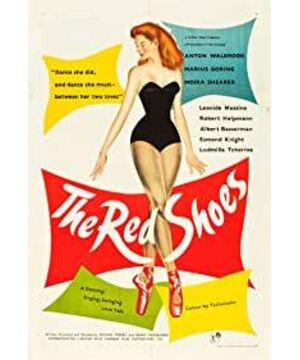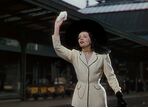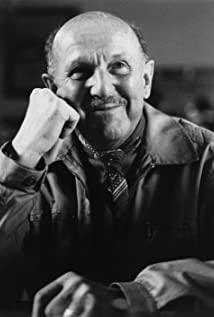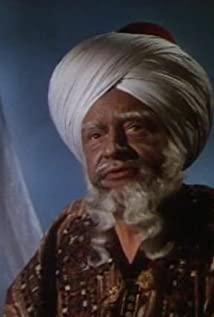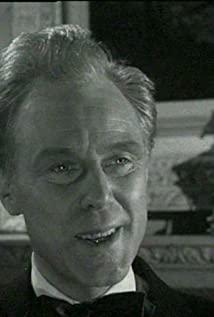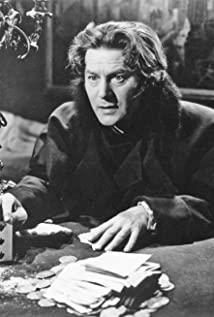The history of cinema, which has gradually moved away from the stage (drama) after realizing the legitimacy of its own existence, is also the history of its development of a dizzying theory of itself. In the dictionaries of the new wave of films in various countries, opera films seem to have nothing to do with words such as "movie nature" or "image purity", and even music and dance films are involved. In China and Italy, which have rich opera resources, operas and folk operas were put on the screen in the early days, but without exception, in the contemporary era, all of them have died out. India, another theatrical powerhouse, seems to be an exception, but Bollywood musicals never seem to have achieved a worldwide artistic reputation.
Although this phenomenon of drama and film sliding from one prejudice to another deeper prejudice has already been liquidated, the voice of this liquidation has not been passed down through the precipitation of history. The other, deeper prejudice, so called, is the overkill of the first prejudice (i.e., that film and theater are at least somewhat artistically related).
Today, we can't put a camera in front of the stage, film the entire performance without dropping a second, and then declare a movie done. The development of the film has called this method backward (although whether it is really "backward" remains to be discussed), and the films that are labeled as "backward in technology" and "backward in concept", the audience influenced by the media, will not bought. The strong connection between the stage opera film and the "backward" in the audience's mind makes the film happily throw the burden of the stage. Since then, the lens language that creatively expresses the stage has become less and less common among the "politically incorrect" voices.
Due to the film's early dependence on the stage, after it matures, it is completely intolerant of the stage. Movies are happy to reflect the "picture", "musical", "literary", "temporal" and "movement" of the shots, but films are never happy to be praised as "stage". It evokes the history of humiliation in its early years, and the memory of this childhood has now completely affected the development of the film on the stage.
This is the value of the 16-minute scene in "Hong Lingyan" that perfectly integrates the scene with the stage. Since a movie can even be nothing but a patch of blue, why can't it be a stage show with the same camera position? Not to mention, the film is so open-ended that it can take in a stage performance and use shots more creatively to bring out its "stageness". Just like its relationship with music, it can record a piece of music and match it with a picture; it can also have no music at all, and make its own shots flow and rhythm properly, with a certain "musicality" that is deeply rooted in music. This is the real relationship between movies and other arts. Those who are shallow in the theory of "synthetic art" in movies probably just think that with the addition of soundtracks, lines, and various things, it is "synthetic".
The creative use of the lens to express the "sex of so-and-so" is more artistically superior than directly photographing so-and-so or recording so-and-so. This is not because the latter is more "backward", on the contrary, the latter has its own unshakable characteristics. The artistic legitimacy of the image (which is determined by the apparent reality of the image); but because the former can better explore the potential of the lens. The excavation of "Hong Lingyan" has created a model in the possibility of the "stageness" of the image in the lens.
http://www.mtime.com/my/Lyeast/
View more about The Red Shoes reviews


